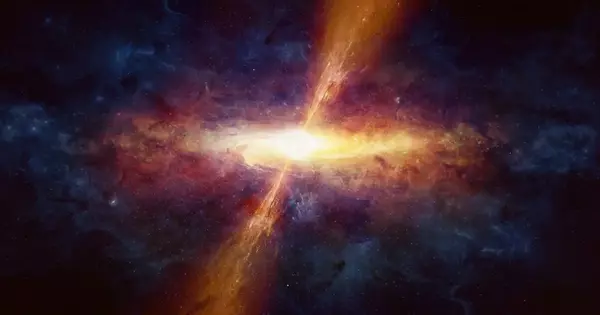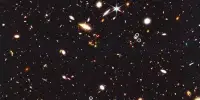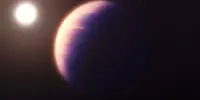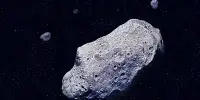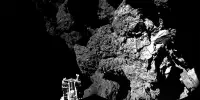Astronomers have discovered a possible hint to how the universe reionized after the Big Bang. The researchers discovered a million times brighter than our sun black hole that may have been similar to the sources that drove the universe’s reionization. An era is known as “The Epoch of Reionization” began about 400,000 years after the universe was created.
In the domains of Big Bang theory and cosmology, reionization is the process by which matter in the cosmos reionized after the “dark ages” ended. Reionization is the second of the universe’s two major gas phase transitions (the first is recombination). While hydrogen and helium make up the vast majority of baryonic matter in the cosmos, reionization usually refers to the reionization of hydrogen, the element.
During this epoch, the formerly hotter cosmos began to cool, and matter began to cluster together, forming the first stars and galaxies. As these stars and galaxies formed, their energy heated the surrounding environment, reionizing some of the universe’s leftover hydrogen.
The implication is that outflows from black holes may be important to enable escape of the ultraviolet radiation from galaxies that reionized the intergalactic medium. We can’t see the sources that truly fueled the universe’s reionization because they’re too far away.
Phil Kaaret
The reionization of the universe is generally known, but establishing how it occurred has proven difficult. Astronomers have looked outside our Milky Way galaxy for clues in order to understand more. Astronomers at the University of Iowa discovered a source in a group of galaxies known as Lyman continuum galaxies that may store information about how the universe was reionized.
Scientists have also uncovered an anticipated thermal signature of the Big Bang, the universe-pervading cosmic microwave background radiation. And we don’t see any objects manifestly older than 13.7 billion years, implying that our universe came into being around that period.
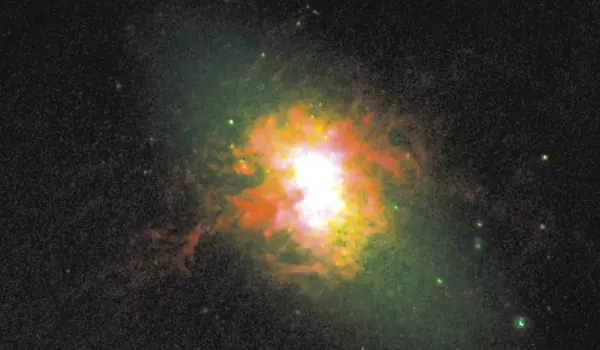
“All of these factors put the Big Bang on an extraordinarily solid foundation,” said University of California, Berkeley astrophysicist Alex Filippenko. “The Big Bang Theory is a hugely successful theory.”
In the study, the Iowa astronomers identified a black hole, a million times as bright as our sun, that may have been similar to the sources that powered the universe’s reionization. That black hole, the astronomers report from observations made in February 2021 with NASA’s flagship Chandra X-ray observatory, is powerful enough to punch channels in its respective galaxy, allowing ultraviolet photons to escape and be observed.
“The implication is that outflows from black holes may be important to enable escape of the ultraviolet radiation from galaxies that reionized the intergalactic medium,” says Phil Kaaret, professor and chair in the Department of Physics and Astronomy and the study’s corresponding author.
“We can’t see the sources that truly fueled the universe’s reionization because they’re too far away,” Kaaret explains. “We looked at a neighboring galaxy that had features similar to galaxies that formed in the early cosmos. One of the main reasons the James Webb Space Telescope was created was to try to see the galaxies that housed the sources that fueled the universe’s reionization.”
Gravitational waves, according to Clements, must have been formed during inflation, the time of rapid expansion in the early moments of the universe’s existence. Detecting and deciphering those early gravitational waves may reveal unprecedented insights into the universe’s birth.
